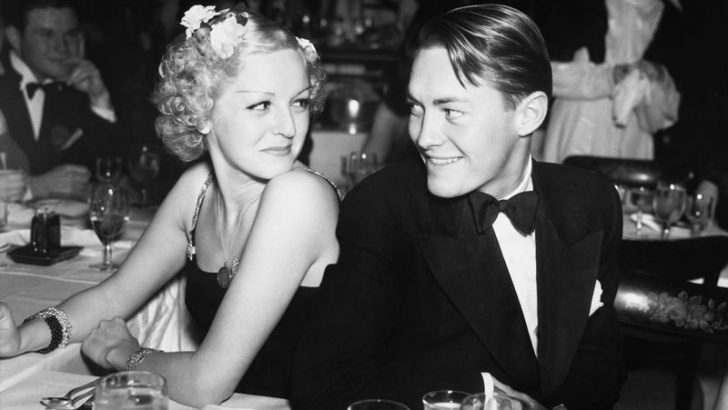Throughout history, social customs have served as the backbone of societal behavior, dictating everything from dress codes to dining etiquette. Our grandparents adhered to these customs with great diligence, often viewing them as markers of respectability and class. However, as society evolves, many of these practices have become obsolete, causing younger generations to question their relevance. Some customs, once seen as cornerstones of social interaction, now appear out of touch with contemporary values of equality and practicality. As we navigate a world increasingly focused on individuality and inclusiveness, these old customs provide a curious glimpse into our societal past.
1. No White After Labor Day

“No White After Labor Day,” once a strict fashion rule, dictated that wearing white clothing post-Labor Day was improper. It emerged from class distinctions, where the affluent used it to separate themselves from the working class. Today, this rule is largely ignored. Modern society embraces wearing white year-round, disregarding such outdated norms. Fashion has evolved to prioritize personal expression over rigid protocols, allowing individual style to flourish. The once rigid rule now serves as a reminder of how arbitrary social customs can be, highlighting fashion’s dynamic, ever-changing nature. White after Labor Day now symbolizes freedom from unnecessary constraints.
2. Elbows Off the Table

Once a hallmark of dining etiquette, “elbows off the table” originated in medieval times when trestle tables were prone to collapse. Children were often scolded for breaking this rule, taught as a sign of good manners. In modern dining, this practice is largely forgotten, seen as unnecessary in today’s relaxed social settings. As dining habits have shifted towards informal gatherings, the emphasis on comfort over formality has grown. The rule now feels like a relic of a bygone era, exemplifying how dining customs evolve with societal changes. Elbows on tables today rarely raise an eyebrow, signifying changing norms.
3. Men Standing When Women Leave the Table
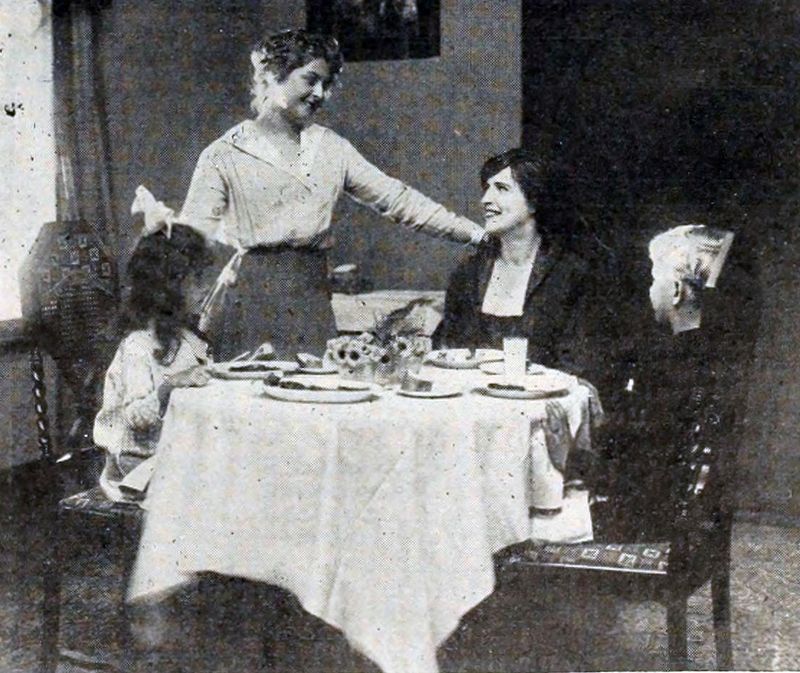
Historically, men standing when women left the table was seen as a sign of respect. This custom, rooted in chivalry, reinforced traditional gender roles. As society shifts towards gender equality, such gestures are viewed as outdated and sometimes patronizing. Many now prefer more equitable behaviors that promote mutual respect without gender-based expectations. The act of standing has transformed from a requirement to a personal choice, reflecting broader societal changes towards balance and respect for all individuals. The gesture now seems quaint, echoing a time when men’s and women’s roles were more rigidly defined in social settings.
4. Women Always Wearing Hosiery
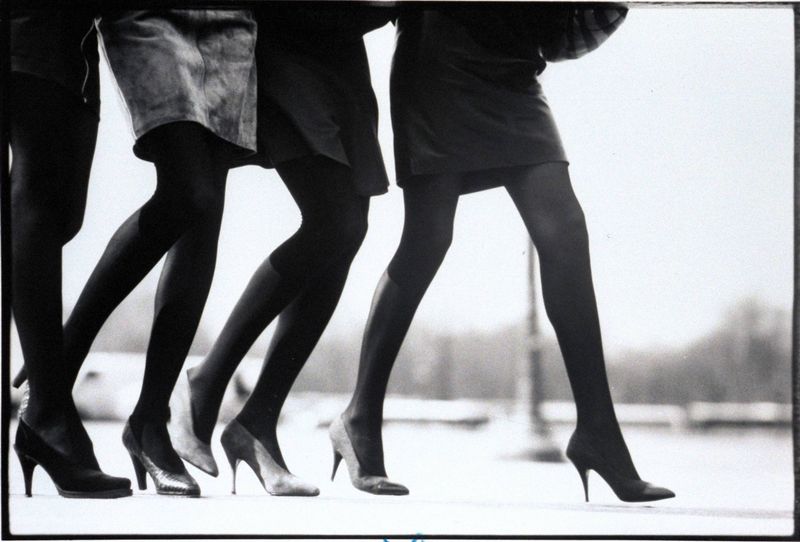
In the past, women were expected to wear hosiery as a staple of formal attire. This tradition underscored societal expectations of femininity and propriety. Over time, the insistence on stockings has waned, with many women opting for comfort and personal style over conformity. The decline of hosiery as a wardrobe essential highlights changing perceptions of femininity and fashion, where individuality takes precedence. Today, the choice to wear or skip hosiery is personal, free from social pressure, illustrating the broader movement towards women’s autonomy in fashion. Hosiery now seems more a matter of choice than obligation, reflecting societal progression.
5. Men Paying for Dates

The tradition of men paying for dates historically reinforced gender roles and economic disparities. Seen as a sign of male responsibility and chivalry, this norm maintained a dynamic where men were providers. Today, many couples prefer to split the bill or alternate who pays, reflecting a shift towards more equitable relationships. This change mirrors broader societal trends towards gender equality, where financial responsibilities in relationships are shared. The outdated expectation of men always paying now seems unnecessary, highlighting evolving attitudes towards partnership dynamics. The focus has shifted from rigid gender roles to mutual respect and shared experiences.
6. Strict Dinner Party Seating Rules
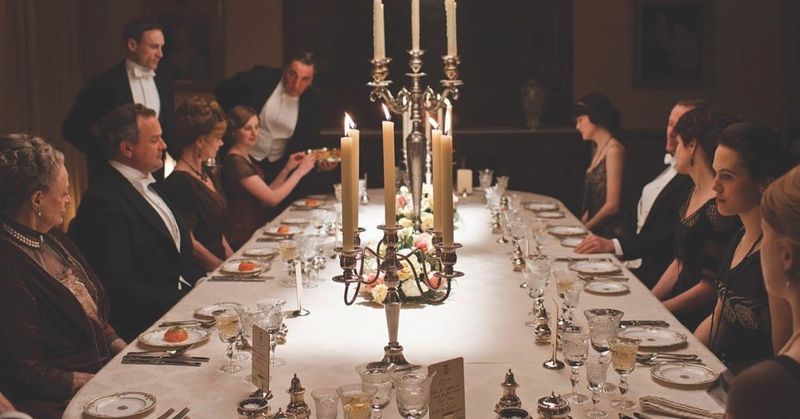
Once, dinner party seating was a precise affair, governed by social hierarchy, marital status, and age. Hosts meticulously planned arrangements to reflect social standing. Today, such rigidity has given way to a focus on comfort and conversation. Modern gatherings prioritize guest enjoyment over etiquette, allowing for more dynamic interactions. The abandonment of strict seating rules signifies a shift towards inclusivity and practicality. Formality has relaxed, mirroring broader societal movements towards equality and individual expression. The old custom of rigid seating arrangements seems a distant memory, replaced by a more amicable and flexible approach to hosting social events.
7. Avoiding Elbows on the Table
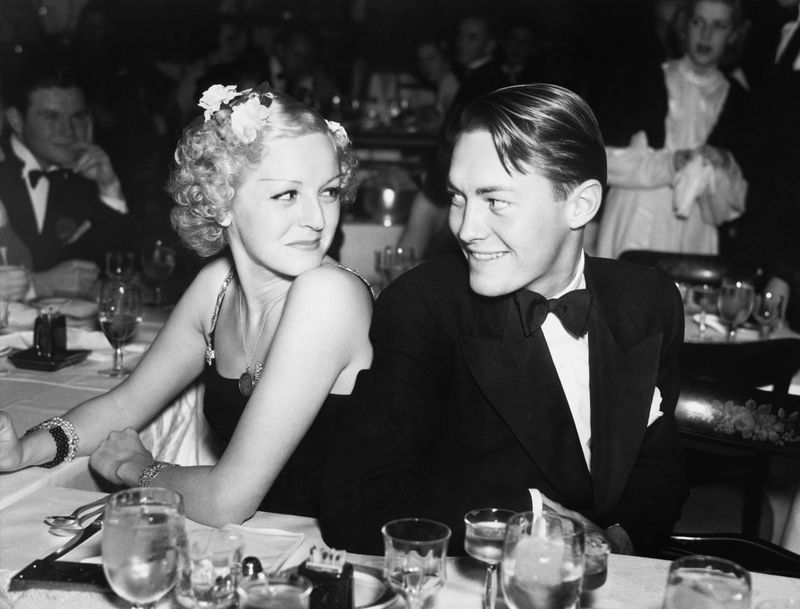
The rule against elbows on the table was a staple of 20th-century upbringing. Originating in medieval times, it was taught as essential dining etiquette. Parents often reprimanded children for this breach of manners, seen as a sign of good upbringing. In contemporary settings, this rule has faded, reflecting a shift to more relaxed dining customs. The emphasis on strict manners has diminished, with informal dining experiences becoming the norm. The old rule now appears unnecessary, an echo of past societal expectations. Elbows on the table are now more a matter of personal preference, symbolizing changing social dynamics.
8. Strict Dress Codes

Past generations adhered to strict dress codes, with formal attire required for specific events. These codes signaled social status and respect for the occasion. Deviation was socially risky, reflecting societal norms of propriety. Today, dress codes are more relaxed, emphasizing personal comfort and expression. The shift away from rigid attire requirements highlights changing values. Modern society embraces a diversity of styles, prioritizing individuality over conformity. The once-stringent dress codes now seem outdated, replaced by a more inclusive approach to fashion. This evolution reflects a broader trend towards embracing diversity and fostering personal freedom in self-presentation.
9. Formal Address Titles
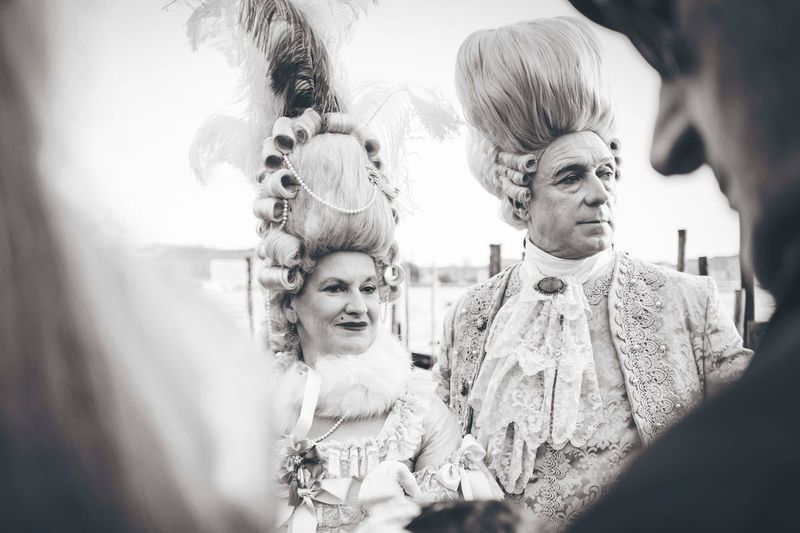
Addressing people with formal titles such as “Mr.” or “Mrs.” was once the norm. This practice reflected societal hierarchies and respect for status. Today, such formalities have relaxed, with many opting for first-name bases, promoting equality and familiarity. The shift away from rigid titles reflects changing social dynamics towards inclusivity. While formal addresses still exist, especially in professional settings, their use has waned. Modern interactions often favor more approachable and egalitarian communication styles. The old custom of formal address titles now seems less critical, symbolizing the broader move towards breaking down hierarchical barriers in social interactions.
10. Calling Cards for Social Visits
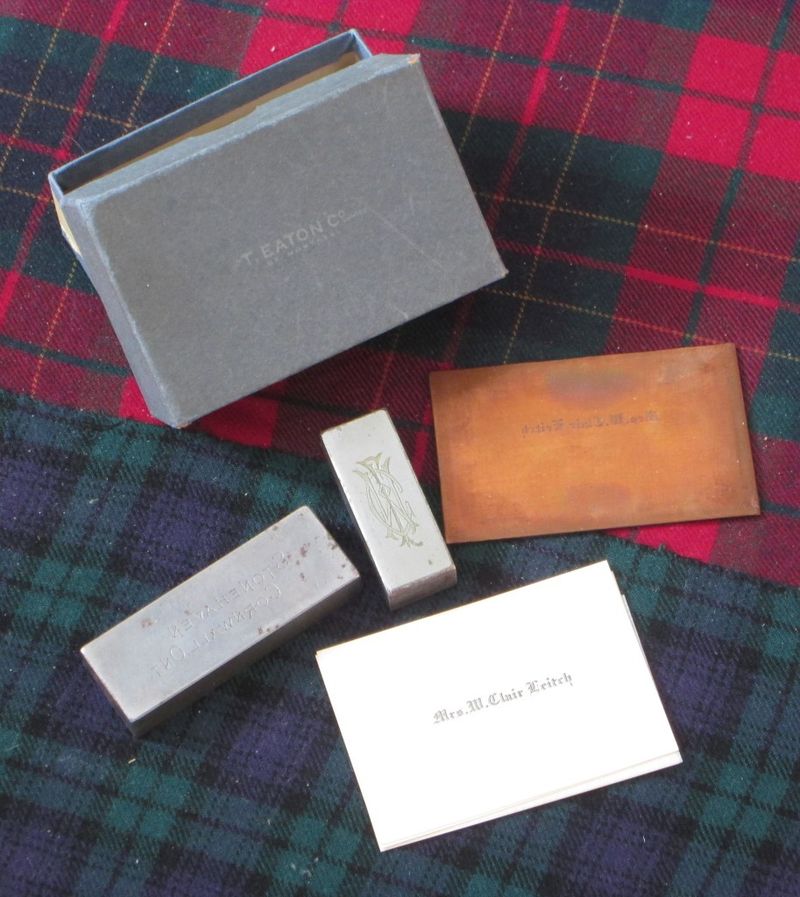
In past centuries, calling cards were essential for announcing social visits. These cards indicated one’s social standing and intentions when visiting. As communication evolved, the need for such formal introductions diminished. Today, calling cards are largely obsolete, replaced by modern communication methods like phone calls and messages. The decline of this custom highlights changes in how we connect and maintain relationships. The quaint tradition of leaving calling cards now appears anachronistic, a relic of a more formal and deliberate era. Our current means of communication emphasize convenience and immediacy, reflecting broader shifts in social interaction.
11. Curtsies and Bowing
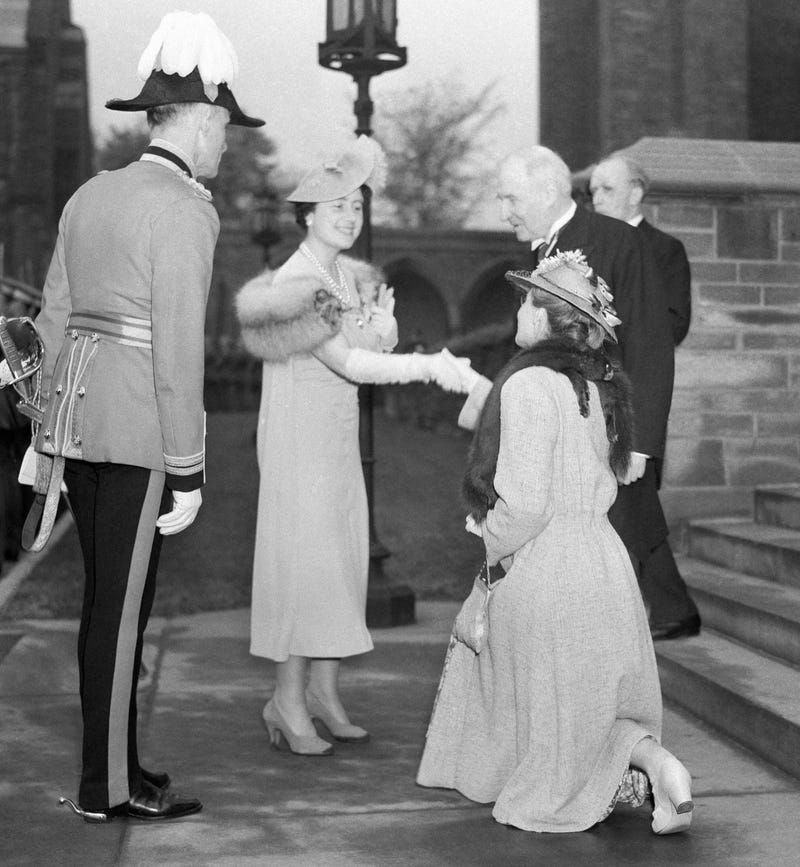
Curtsies and bowing were once essential gestures of respect and decorum, especially in royal and formal settings. These gestures indicated deference and acknowledgement of social hierarchies. Modern etiquette has largely moved away from such formalities, favoring handshakes or casual greetings. The decline of curtsies and bowing reflects evolving views on social equality and formality. These gestures now appear ceremonial, reserved for specific occasions rather than everyday interactions. The shift towards more egalitarian forms of greeting underscores broader societal changes, promoting respect without the need for elaborate rituals. Curtsies and bowing have become symbols of a bygone era.
12. Separate Bedrooms for Married Couples
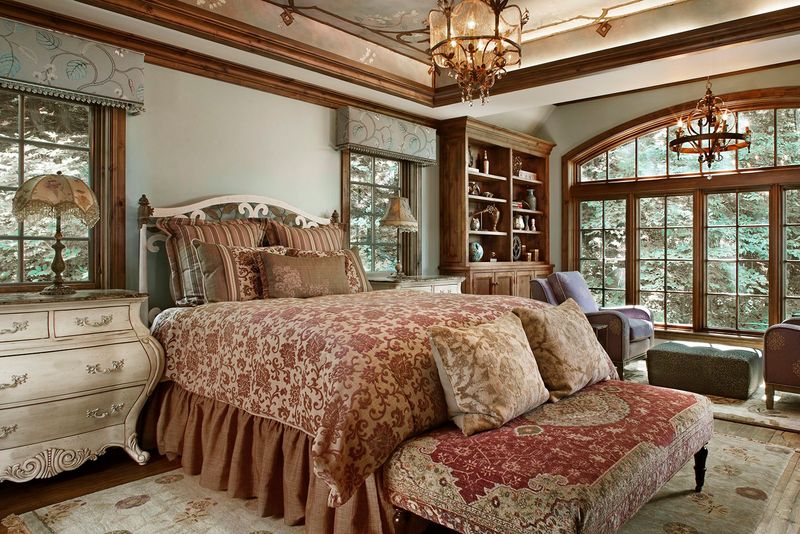
Separate bedrooms for married couples were once common, reflecting social norms about privacy and propriety. This arrangement allowed for personal space within the marital home. Over time, the norm shifted towards shared bedrooms, symbolizing intimacy and partnership. The change mirrors broader societal values prioritizing closeness and emotional connection in marriages. Today, separate bedrooms are more a matter of choice than necessity, often linked to practicality rather than social expectation. The old custom now seems curious, a testament to how views on marriage and cohabitation have evolved, underscoring the emphasis on shared experiences in modern relationships.
13. Permission to Court
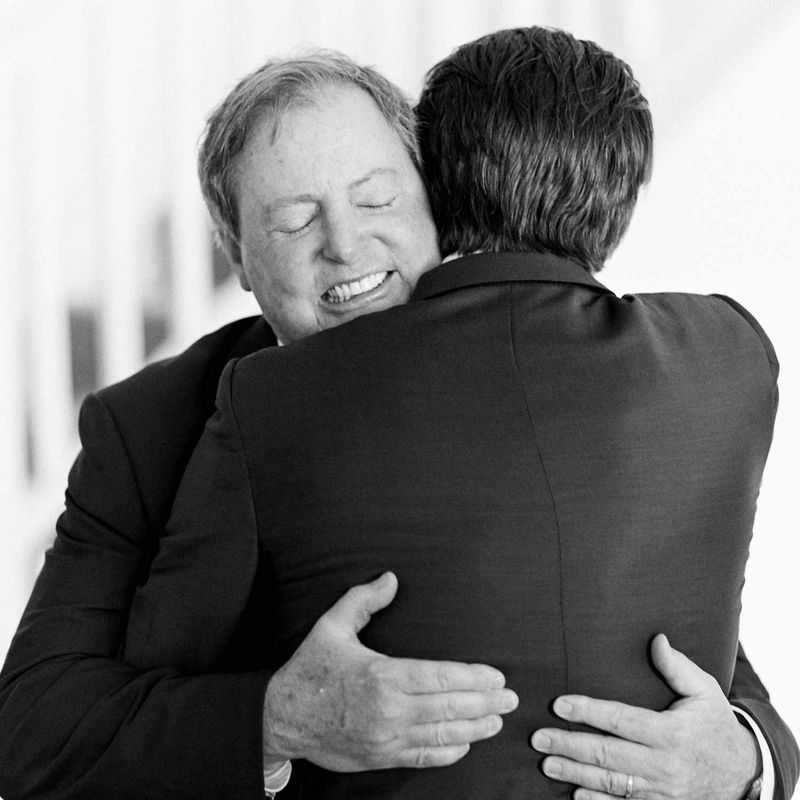
In the past, young men often sought permission from a woman’s father to court her. This practice emphasized familial control and social propriety. Modern dating norms have largely abandoned such formalities, embracing individual choice and autonomy. The shift away from seeking permission reflects evolving views on relationships and personal freedom. Today, courtship is more about mutual consent and personal connection, without rigid protocols. The old custom of asking for permission now appears outdated, symbolizing how relationship dynamics have progressed. This evolution highlights the growing importance of equality and personal agency in forging romantic partnerships.
14. Engagement Announcement Parties
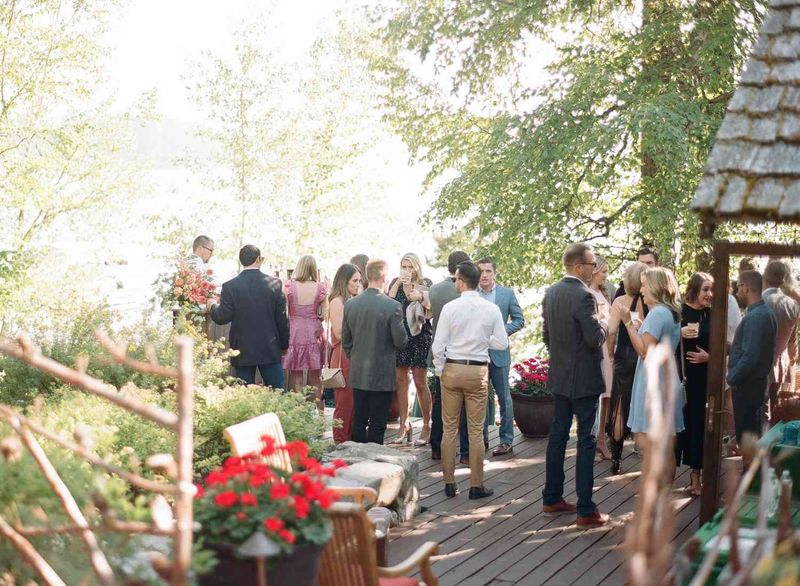
Engagement announcement parties were integral to sharing exciting news with loved ones. These gatherings formalized the engagement in the eyes of family and friends. Though still celebrated, such formal events have become less common, replaced by digital announcements and intimate celebrations. The shift reflects changes in how milestones are shared, favoring immediacy and personal connection. Modern couples often choose more casual ways to announce engagements, reflecting broader societal trends towards simplicity and individual expression. The traditional engagement announcement party now seems less necessary, highlighting evolving preferences for marking significant life events.

Well, hello there!
My name is Jennifer. Besides being an orthodontist, I am a mother to 3 playful boys. In this motherhood journey, I can say I will never know everything. That’s why I always strive to read a lot, and that’s why I started writing about all the smithereens I came across so that you can have everything in one place! Enjoy and stay positive; you’ve got this!

